On February 18, ahead of the 2025 National People's Congress (NPC) and Chinese People's Political Consultative Conference (CPPCC), the China Association of Small and Medium Commercial Enterprises (CASMCE) hosted the "NPC & CPPCC Representatives-SMEs Symposium" in a hybrid online-offline format in Beijing. Under the theme "Hearing Business Voices for People's Livelihood", the event brought together over 10 NPC deputies and CPPCC members with over 50 leaders of small and medium enterprises (SMEs) from technology, manufacturing, services, and other sectors for policy discussions.
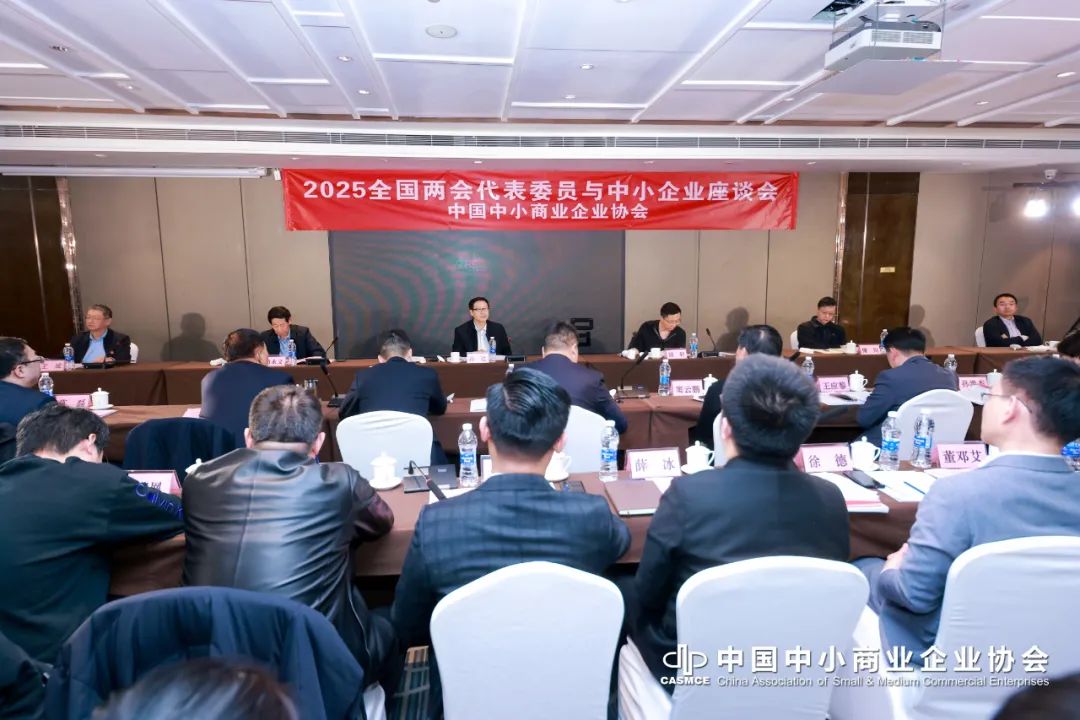
The once-marginalized "Grandpa's Joy" vehicles, previously labeled as "unregulated products" and "road hazards", took center stage at the symposium. Now serving over 10 million users nationwide and driving a 100-billion-yuan market, these grassroots mobility solutions sparked intense discussions among delegates on Consumer mobility rights for aging populations, Industrial standardization of safety and production and Green energy transition in low-speed EV sector. Once a contentious street-level phenomenon, these vehicles now represent a critical juncture for policy reform, standing at the crossroads between informal existence and regulated transformation.
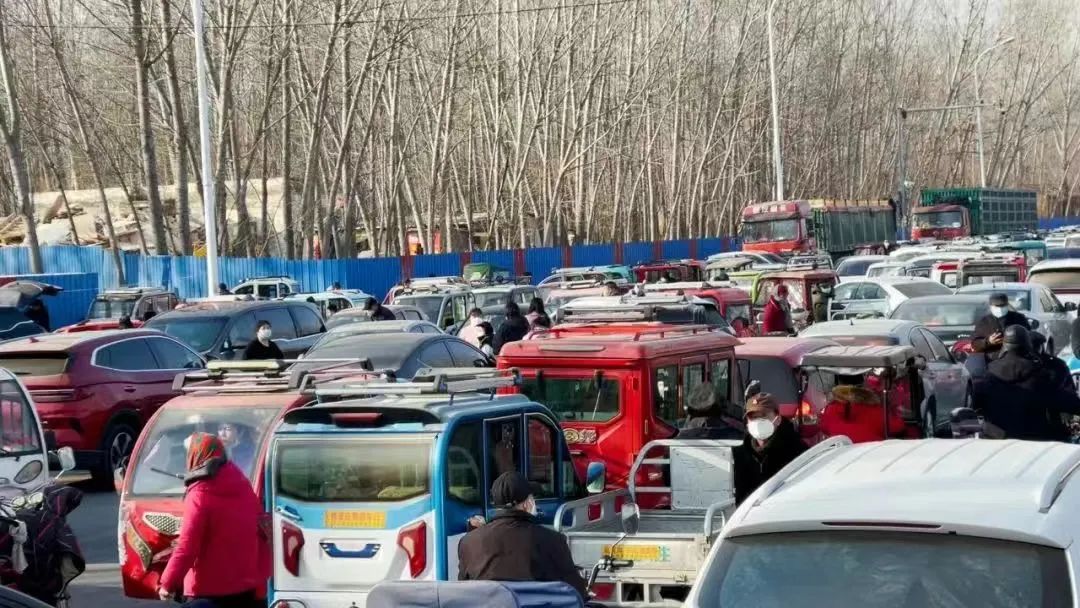
I. From "Essential Mobility Tool" to "New Silver Economy": How "Grandpa's Joy" Became "Mom's Delight".
The meteoric rise of low-speed electric vehicles (LSEV), colloquially dubbed "Grandpa's Joy", stems from China's aging society's uncompromising demands: no license required, affordable pricing, and convenient charging made them the go-to choice for grocery runs and school drop-offs. Yet this silver economy staple is undergoing a surprising makeover. With upgraded features and sleeker designs, these vehicles are rebranding as "Mom's Delight", capturing younger demographics. Even more striking is the market's bifurcation. Booming sales in countryside areas, fueled by improving road infrastructure and accessible charging. Affluent retirees are reshaping demand, opting for long-range, energy-efficient models to power road trips, sparking an unexpected "New LSEV Premium Segment".
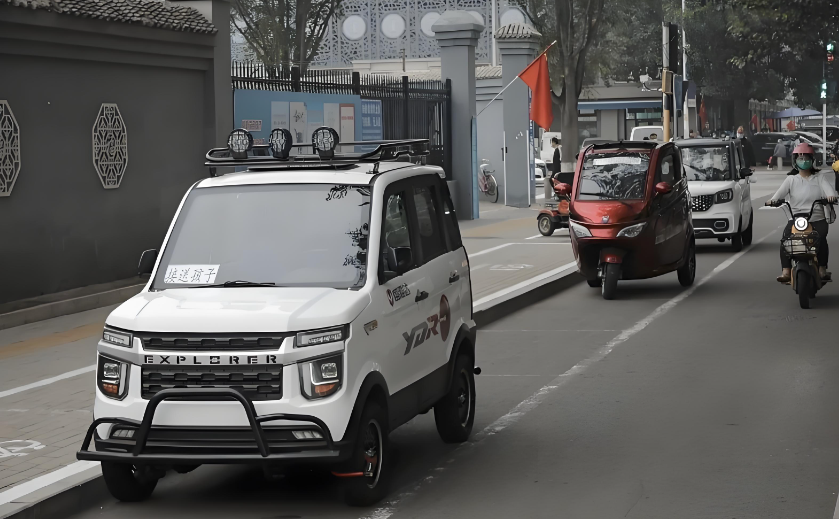
II. Controversies and Dilemmas: Safety Risks and Regulatory Gaps
Despite surging demand, "Grandpa's Joy" vehicles have long operated in a regulatory gray zone. To cut costs, some manufacturers use substandard parts, omitting basic safety features like seat belts and airbags, with alarming crash test results. In Beijing alone, LSEVs caused over 130 fatal accidents in 2022, spurring outright bans in multiple cities.
Moreover, issues such as operating without licenses or registration, arbitrary occupation of roadways, and disregard for traffic rules have exacerbated road chaos. Representatives and committee members pointed out that "Grandpa's Joy" are essentially motor vehicles in nature. However, the long-term absence of production standards, road rights allocation, and driver training has led to "unregulated manufacturer expansion, reckless user driving, and ineffective management." At the same time, some regions have adopted crude, one-size-fits-all approaches like outright bans or confiscations to avoid addressing the core issues, leaving residents' legitimate demand for low-speed transportation unmet. This has intensified the conflict between legality and illegality, as well as between regulation and public needs.
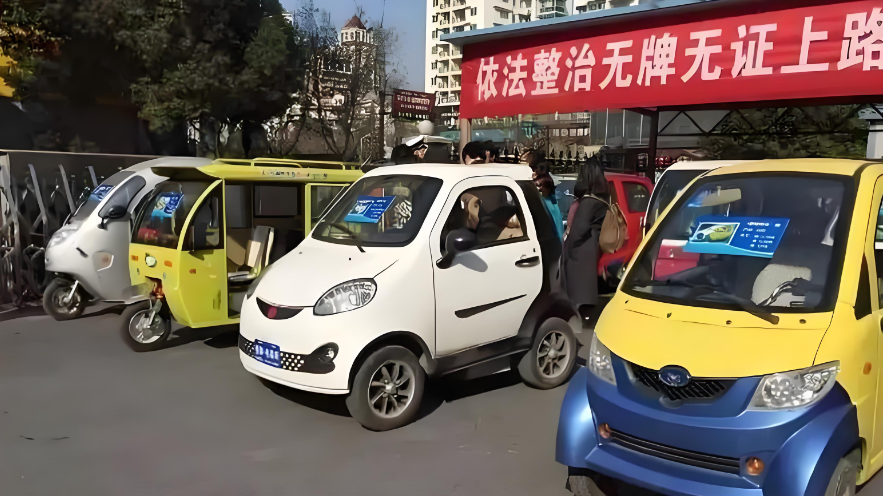
III. During the Two Sessions, delegates and committee members proposed solutions for the transition of "Grandpa's Joy" : legalization and standardization.
1. It is imperative to accelerate the establishment of unified national standards for low-speed four-wheeled electric vehicles, with clear regulations covering all aspects including production, sales, and usage. This will provide manufacturers with standardized guidelines for production and ensure consumers can use these vehicles safely and with peace of mind.
2. In terms of market expansion, with increasing volatility in international markets, companies are looking to the government to establish more cross-border cooperation platforms. Such initiatives would help businesses "go global collectively" and tap into broader growth opportunities.
3. Wu Jianguo, President of Hongri Auto Group, proposed implementing health-based driving restrictions, such as prohibiting seniors aged over 80 from operating low-speed quadricycles, while advocating for optimized road space allocation by granting specific traffic rights to these micro vehicles.
4. Some small and medium-sized enterprises have proposed that the technical standards for low-speed four-wheeled electric vehicles should align with product standards from the United States, European Union, Japan, and other countries and regions to reduce technical barriers in international trade.
5. Lu Yong, a specially-invited expert of the Jiangsu Provincial CPPCC, proposed to officially classify four-wheeled low-speed electric vehicles as "mini low-speed pure electric passenger vehicles" and include them in the MIIT's "Road Motor Vehicle Manufacturers and Products Announcement" system. He emphasized the need to intensify research and formulate national standards that account for the vehicles' technical specifications and user demographics. Considering the unique characteristics of both the vehicles and their primary users, the costs associated with obtaining driving licenses, and the ongoing improvements in intelligent driving technologies for low-speed vehicles, he recommended implementing a Class D license requirement for operating such vehicles, thereby ensuring road safety while meeting public mobility needs.
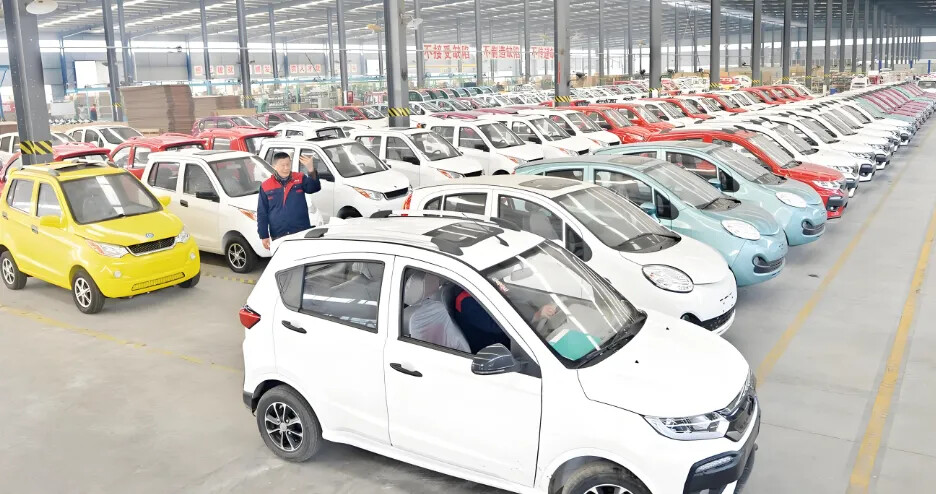
IV. Summary
The evolution of low-speed electric vehicles reflects both the complex demands of modern society and the growing pains of industrial transformation. As NPC representatives and CPPCC members aptly noted: "Channeling works better than blocking. Rather than imposing blanket bans, we should integrate them into modern transportation systems through policy and innovation." In the future, when these vehicles finally bear the labels of safety and compliance, they may truly live up to their cheerful nickname, bringing delight to consumers' daily commutes and promising prospects to the industry.
